We will be posting reports written by staff members of The Tokyo Metropolitan Foundation “TSUNAGARI”!
-
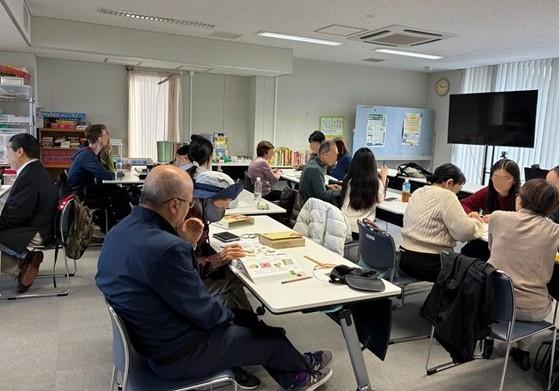
Community "Nihongo Kyoshitsu" Activities Report, vol.18
This article, written by university student O who participated in the Japanese Language Class Coverage Project, is featu...
-
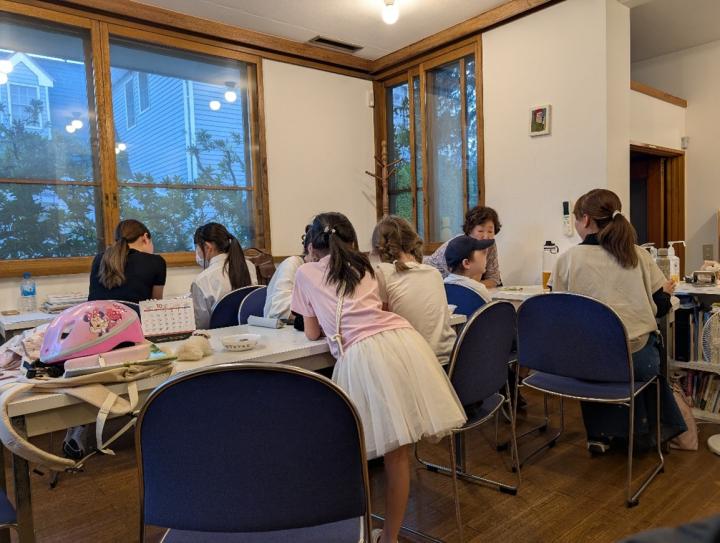
Community "Nihongo Kyoshitsu" Activities Report, vol.17
This article, written by university student O who participated in the Japanese Language Class Coverage Project, is featu...
-
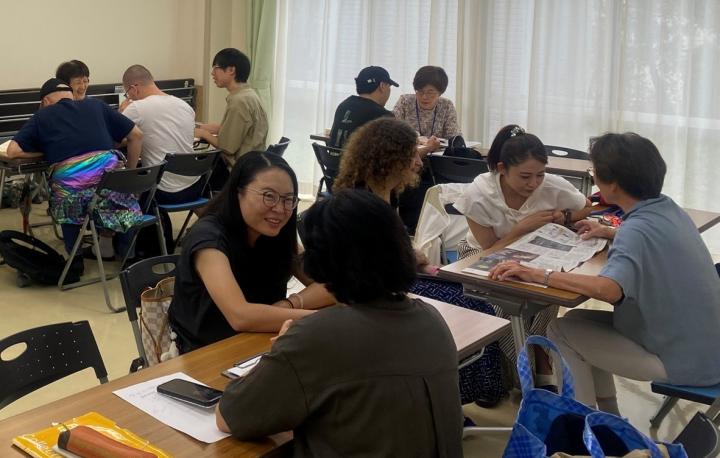
Community "Nihongo Kyoshitsu" Activities Report, vol.16
The regional Japanese language education coordinators of the Tokyo Metropolitan Foundation "TSUNAGARI" are visiting Japa...
-
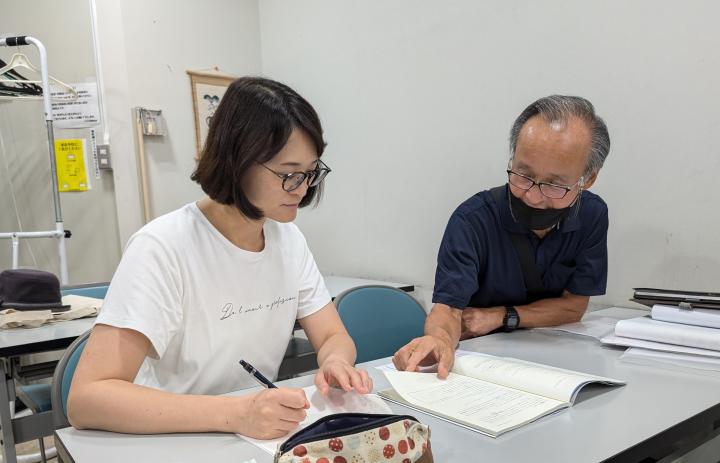
Community "Nihongo Kyoshitsu" Activities Report, vol.15
The regional Japanese language education coordinators of the Tokyo Metropolitan Foundation "TSUNAGARI" are visiting Japa...
-
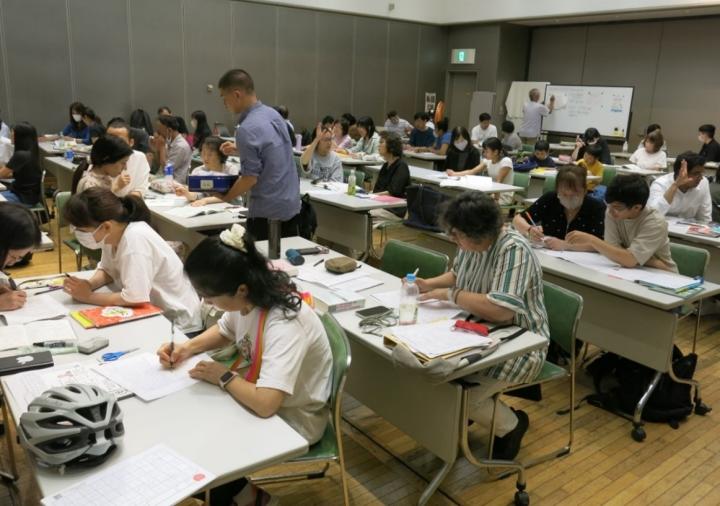
Community "Nihongo Kyoshitsu" Activities Report, vol.14
The regional Japanese language education coordinators of the Tokyo Metropolitan Foundation "TSUNAGARI" are visiting Japa...
-
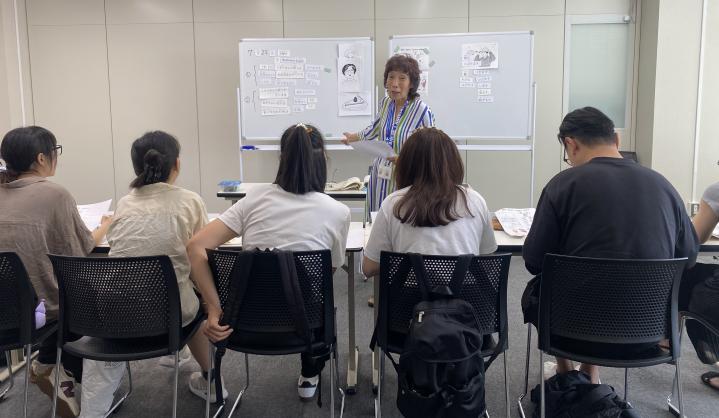
Community "Nihongo Kyoshitsu" Activities Report, vol.13
The Itabashi Culture and International Exchange Foundation holds a Japanese Language Class for Beginners, in which people can learn Japanese through a six-month course with classes twice a week, and a Conversation Salon that enables people to learn while enjoying conversations with conversation supporters once a week. For this report, I visited the Japanese Language Class for Beginners.
-

Community "Nihongo Kyoshitsu" Activities Report, vol.12
Hachioji Nihongo no kai began its activities in 1992. There are currently nine groups of students learning at 12 classes in six locations in the city.
-
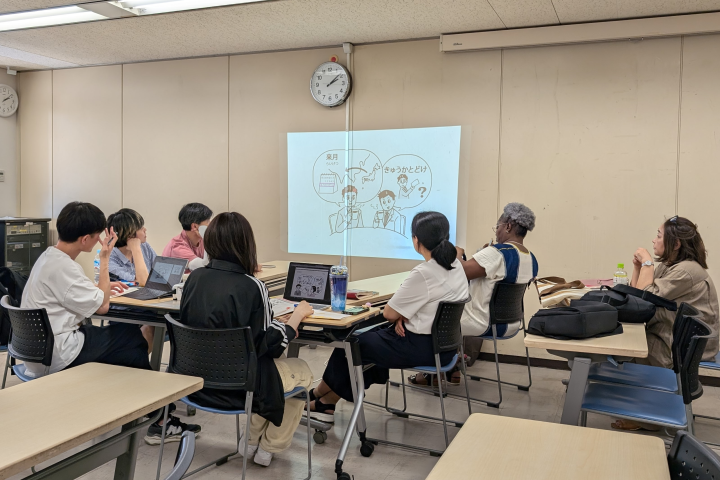
Community "Nihongo Kyoshitsu" Activities Report, vol.11
The ONIGIRI Multilingual Club is a Japanese class that began its activities in 2022. The club operates out of the Tokyo Voluntary Action Center (TVAC), which is located next to Iidabashi Station on the JR Sobu line.
-
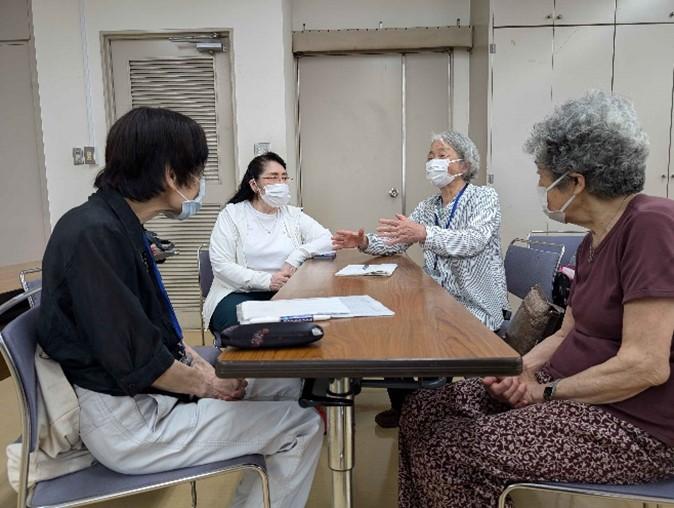
Community "Nihongo Kyoshitsu" Activities Report, vol.10
Kakehashi is a Japanese class that started its activities in 1987. It is held in one of the learning rooms in Umeda Community Learning Center, located three minutes' walk from Umejima Station on the Tobu Skytree Line.
-
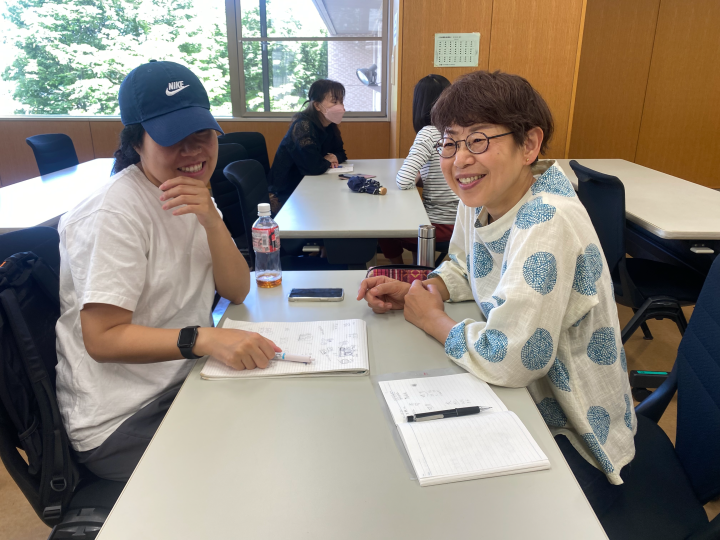
Community "Nihongo Kyoshitsu" Activities Report, vol.9
Space-I is a class where learners enjoy having conversations in Japanese. Its activities are carried out at Shibuya-ku Sogo Care Community Seseragi.
-
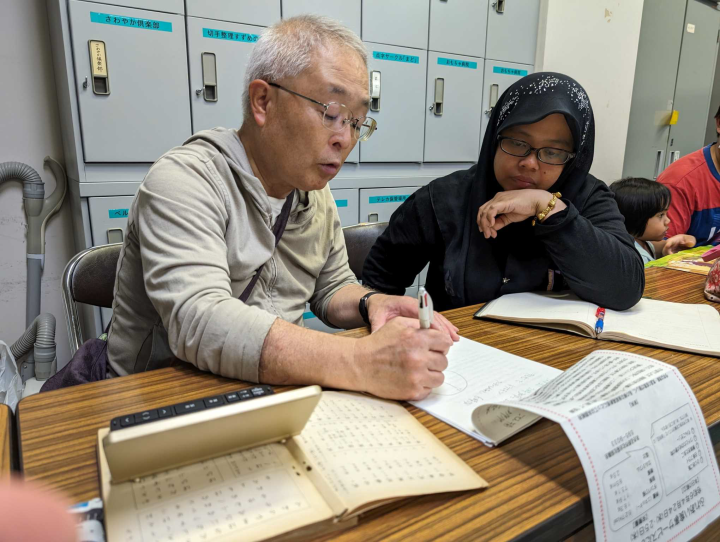
Community "Nihongo Kyoshitsu" Activities Report, vol.8
The regional Japanese language education coordinators of the Tokyo Metropolitan Foundation “TSUNAGARI” will ...
-
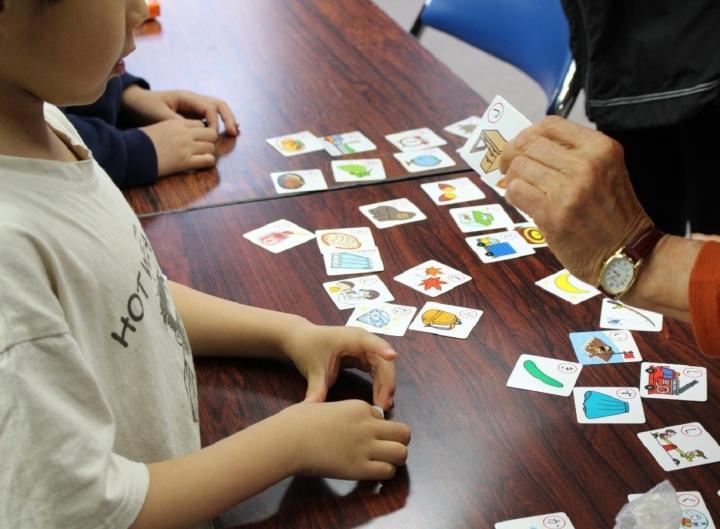
Community "Nihongo Kyoshitsu" Activities Report, vol.7
In our seventh report, we are introducing Nihongo-shien in Komae City!About Nihongo-shien (Japanese support)As of April ...
-
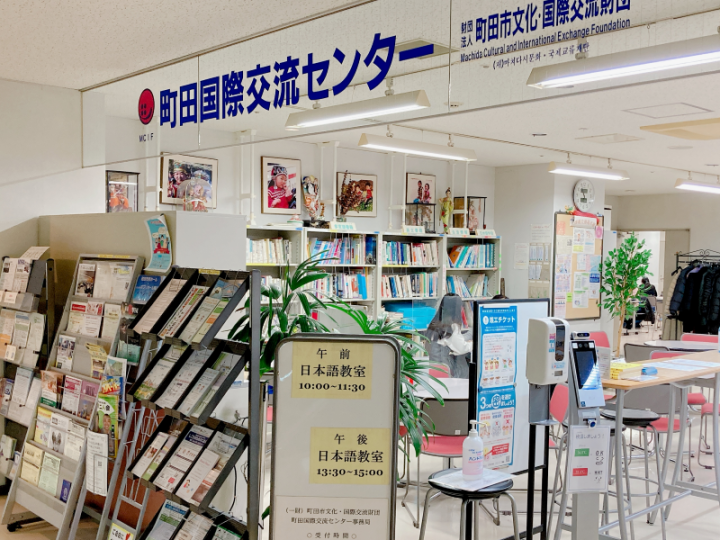
Community "Nihongo Kyoshitsu" Activities Report, vol.6
In our sixth report, we are introducing MIC Japanese Class in Machida City! The MIC Japanese Class is a Japanese language class run by the Machida International Center. Machida City is located at the southernmost tip of Tokyo, sticking out like a peninsula that is surrounded on all sides by Kanagawa Prefecture. (Machida City Homepage) Central Machida Station is where the Odakyu Line and the JR Yokohama Line intersect, and as such it has a large number of passengers, which means Machida City is a place where people naturally gather from nearby cities. Therefore, the name "Machida International Center" was chosen instead of "Machida City International Center," and it has become an international exchange center that attracts not only Machida City residents, but also other people who gather in Machida.
-
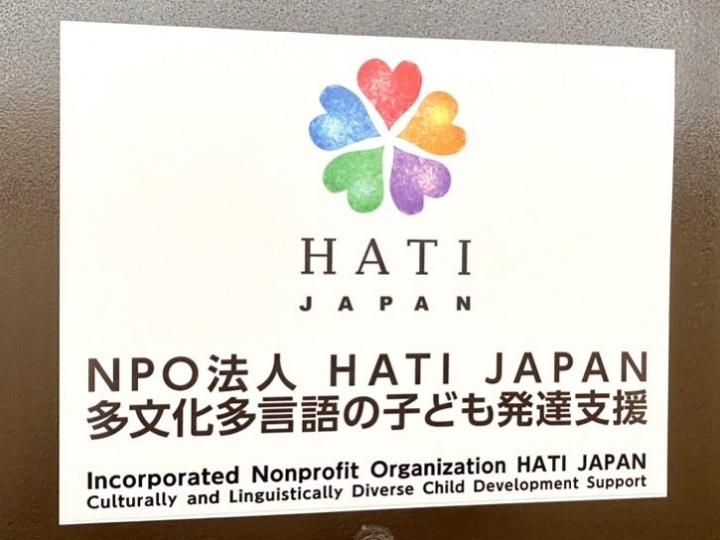
Community "Nihongo Kyoshitsu" Activities Report, vol.5
In our fifth report, we are showcasing a non-profit organization called HATI JAPAN Culturally and Linguistically Diverse Child Development Support (hereinafter, "Hati Japan"), that conducts it activities in the Saginomiya area of Nakano City! As of December 1, 2022, there were 18,322 foreign residents living in Nakano City (according to a Nakano City survey), accounting for 5.5% of the entire population. While this is less than the average of 20,688 foreigners in Tokyo's districts (per a Tokyo Metropolitan Government survey), Nakano City's foreign population is on an increasing trend. The Saginomiya area in particular is seeing a gradual increase in the number of foreign residents thanks to affordable land prices and cost of living, in addition to convenient access to Shinjuku via the Seibu-Shinjuku line. As of December 1, 2022, there were 18,322 foreign residents living in Nakano City (according to a Nakano City survey), accounting for 5.5% of the entire population. While this is less than the average of 20,688 foreigners in Tokyo's districts (per a Tokyo Metropolitan Government survey), Nakano City's foreign population is on an increasing trend. The Saginomiya area in particular is seeing a gradual increase in the number of foreign residents thanks to affordable land prices and cost of living, in addition to convenient access to Shinjuku via the Seibu-Shinjuku line. As of December 1, 2022, there were 18,322 foreign residents living in Nakano City (according to a Nakano City survey), accounting for 5.5% of the entire population. While this is less than the average of 20,688 foreigners in Tokyo's districts (per a Tokyo Metropolitan Government survey), Nakano City's foreign population is on an increasing trend. The Saginomiya area in particular is seeing a gradual increase in the number of foreign residents thanks to affordable land prices and cost of living, in addition to convenient access to Shinjuku via the Seibu-Shinjuku line. As of December 1, 2022, there were 18,322 foreign residents living in Nakano City (according to a Nakano City survey), accounting for 5.5% of the entire population. While this is less than the average of 20,688 foreigners in Tokyo's districts (per a Tokyo Metropolitan Government survey), Nakano City's foreign population is on an increasing trend. The Saginomiya area in particular is seeing a gradual increase in the number of foreign residents thanks to affordable land prices and cost of living, in addition to convenient access to Shinjuku via the Seibu-Shinjuku line.
-
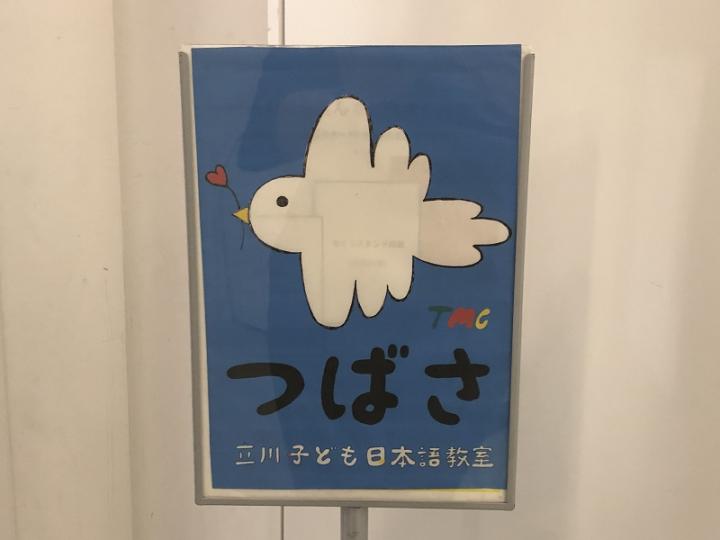
Community "Nihongo Kyoshitsu" Activities Report, vol.4
In our fourth report, we introduce Tachikawa Children's Japanese Language Class (hereinafter referred to as the "Tsubasa Classroom," its nickname) that conducts its activities in Tachikawa City! Foreigners living in Tachikawa City total 4,984, accounting for 2.7% of the city's population (as of July 1, 2022). While the ratio is high in comparison with the average of 2.1% for Tokyo's municipalities, it is still lower than the average of 4.7% for all the Tokyo wards and the average of 10.8% for Shinjuku Ward. In recent years, however, the number of children with foreign roots has been increasing, prompting growing calls for support for Japanese language learning from parents and other caretakers of children as well as schoolteachers. In response to such calls, the Tachikawa Multicultural Center (TMC) newly opened the Tsubasa Classroom on May 11, 2022, as an independent project.
-

Community "Nihongo Kyoshitsu" Activities Report, Vol. 3
In our third report, we are introducing "HOPENECT" that conducts activities in Ota City! There are 23,102 foreign residents living in Ota City (as of January 1, 2022, according to a Tokyo Metropolitan Government survey). This is the sixth largest number of foreign residents out of all the municipalities in Tokyo. To find out what kind of goals activities HOPENECT is aiming for and what kind of activities it is doing in Ota City, we talked with the group's representative, Niwa-san.
-
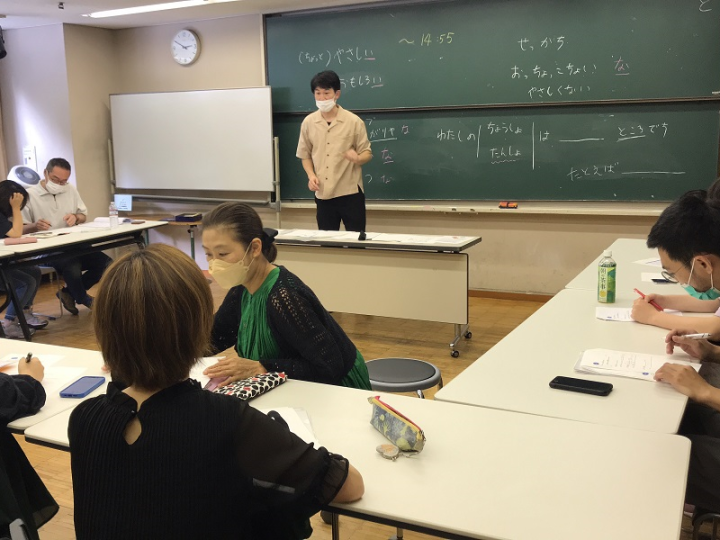
Community "Nihongo Kyoshitsu" Activities Report, vol.2
In our second report, we would like to tell you about a Japanese language class "Toshima Nihongo Friends" that conducts activities in Toshima City! The number of foreign residents in Toshima City is increasing year by year, reaching 25,440 as of May, and accounting for 8.91% of Toshima City's population. On average, foreign residents make up 3.7% of Tokyo's population, so, compared to that, we can see that Toshima City is home to a large number of foreign residents. A variety of cultures intersect in Toshima City, so what kind of activities are they doing there?
-
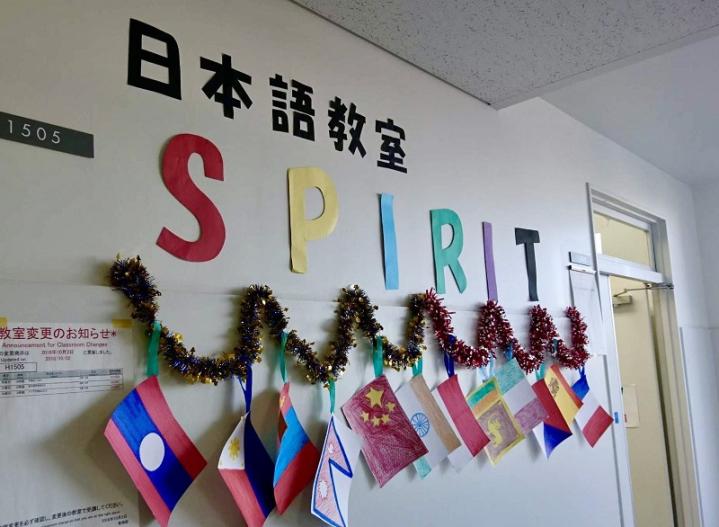
Community "Nihongo Kyoshitsu" Activities Report, vol.1
Starting this month, the Tokyo Intercultural Portal Site will provide the "Community Nihongo Kyoshitsu(Japanese language class) Activities Report." Staff members in the Intercultural Society section of Public interest incorporated foundation Tokyo Metropolitan Foundation “TSUNAGARI” will visit Japanese language classrooms in different communities, compiling what they saw and talked about there in a report.
